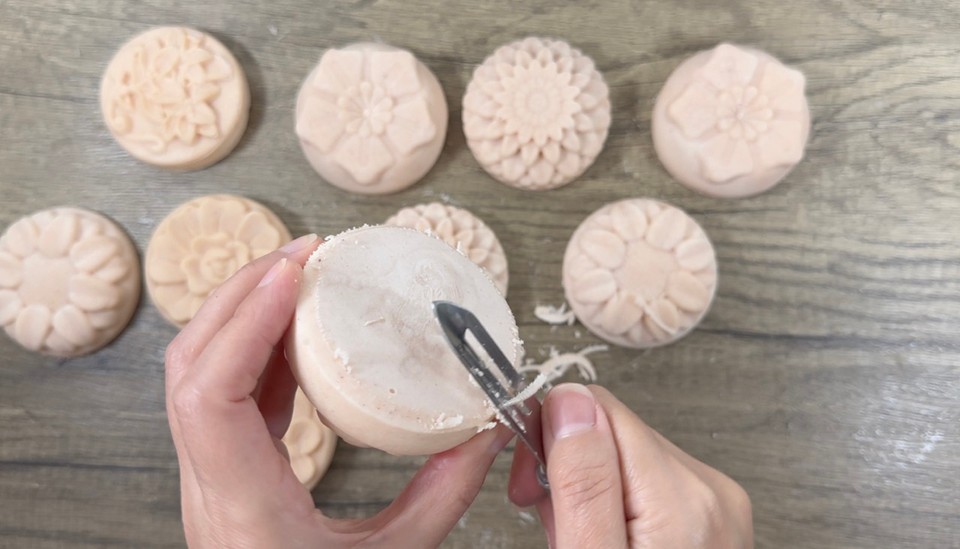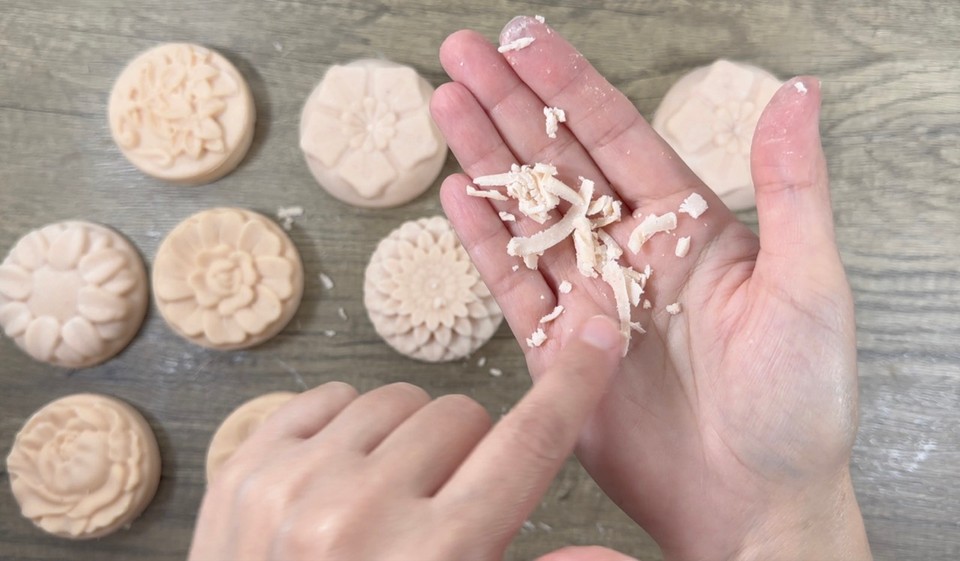Soap Bars Only 3 Oils
Another solid soap bar recipe, this time a recipe with very few ingredients.
This recipe has only three oils (ok, 2, and 1 butter).
If you are looking for an easy recipe for a creamy, conditioning soap bar - you must try this recipe.
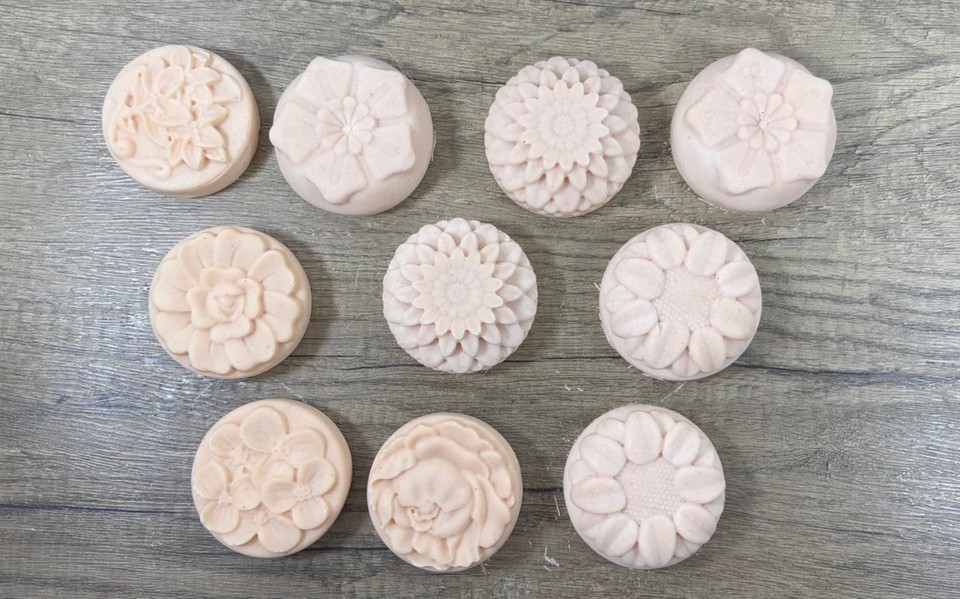
Usually, soap bars contain 4-5 different oils and butters. The combination of different oils and butters gives the soap its foaming properties, texture, and creaminess. Since most people don't have all the variety of oils and butters in their pantry, there are some recipes you can make with as little as one oil, such as the 100% coconut oil soap.
I also shared a recipe for lime and honey soap and for salt soap bars. Also, if you love these solid versions of soaps, I recommend trying these dish soap bars, which are super cleansing and not harsh on the hands.
In this recipe, we have coconut oil, sunflower oil and cocoa butter (which you can switch with shea butter, I have calculated and added the information for shea butter instead of cocoa butter, scroll down for this info).

Also, if you only need a few bars of soap, scroll down, and you will find the same recipe for a smaller amount of just 3-4 bars of soap.
When trimming the soap bars' edges, don't throw away the scraps. Make the whipped soap from soap scraps.
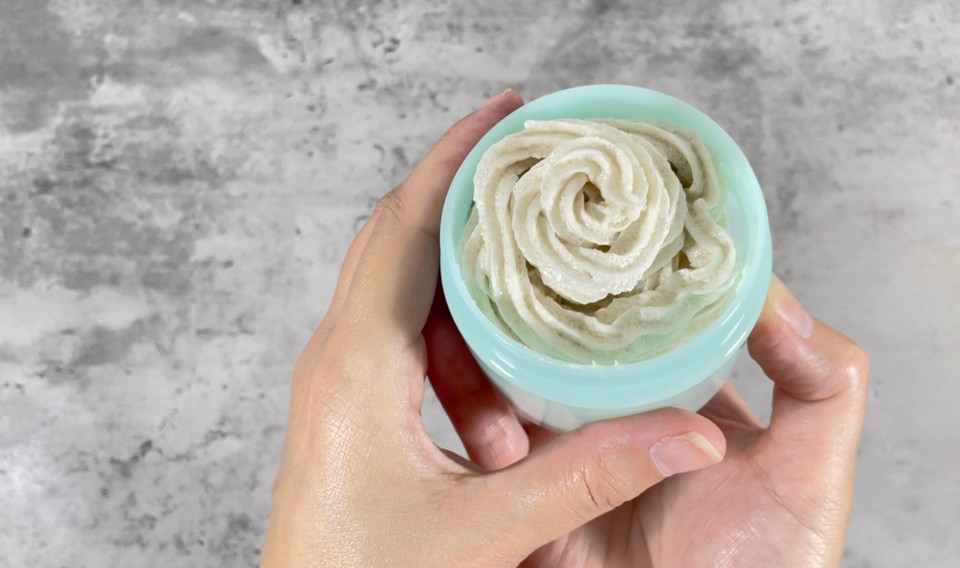
If you haven't made soap before, please read this article, soap for beginners. When working with lye (sodium hydroxide), you must wear protective gear (eye and skin protection).
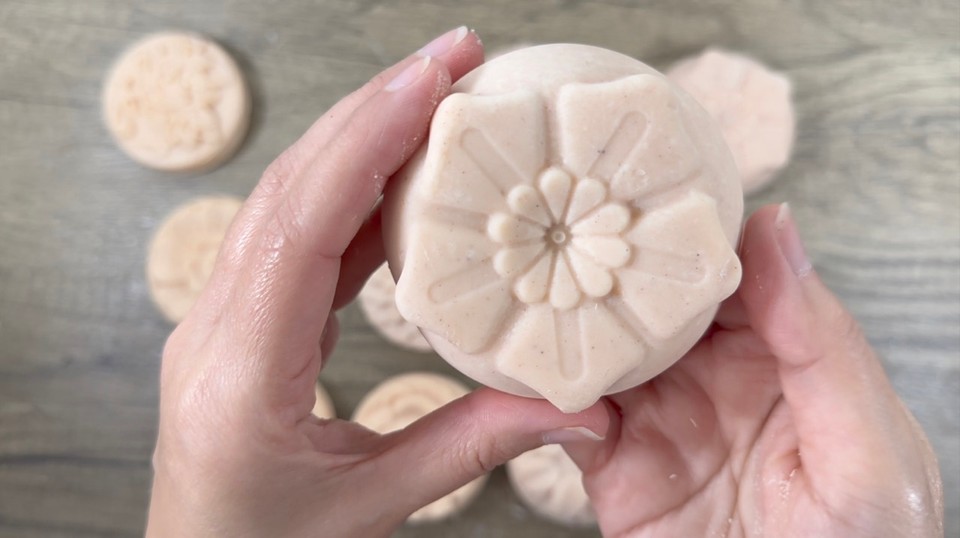
This recipe is pretty easy, and you don't need to be an experienced soaper to make it.
You only need lye (sodium hydroxide) and water beside the oils. Distilled water is recommended, but if your tap water is drinkable, you can use regular tap water. So overall very few ingredients.
Also, if you want to replace the cocoa butter with shea butter, reduce 1g of the lye (a total of 82g of lye for 600g total oil weight).
If you want to skip the essential oil, you can. It is optional. If you want to use different essential oils, you can use lavender, eucalyptus, sweet orange, rosemary or a combination.
I added red Latvian clay for extra silkiness and color. Use any clay you have: red, blue, green, pink, purple or skip it. If you have other botanicals you want to use for color, such as spirulina or madder root powder, you can use those instead of the clay.
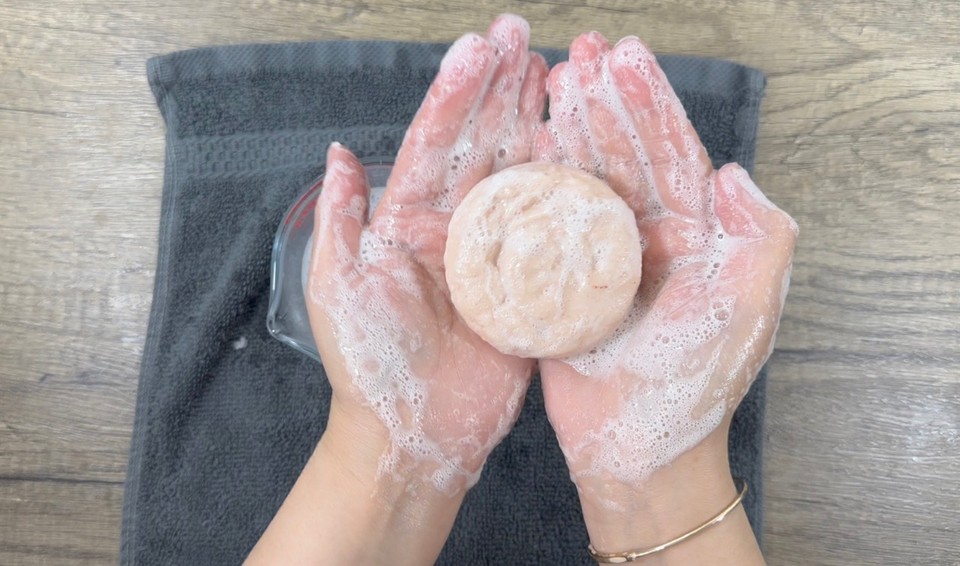
Since I'm using coconut oil at 30% (which is high, usually, soaps will have between 15-20% coconut oil), I increased the super fat to 7% to ensure the soap is moisturizing.(usually, I will add 5% super fat).
Don't over-blend the mixture. This recipe contains a large amount of coconut oil and butter, so if you blend too much, the mixture will thicken fast, and you won't be able to pour the mixture into the mold.
Recipes with high amounts of solid oils (coconut oil) and butters can quickly thicken. Blend only for a few seconds to reach an emulsion, and pour the mixture into the mold while it is in a very thin trace.
Also, consider that clays speed up the trace, so if you want to prevent your soap batter from thickening quickly, you can skip the clay.
Total of 600g oil weight. Super fat at 7%. Lye concentration 33%.
Ingredients:
- Distilled water 169g
- Lye (sodium hydroxide) 83g
- Coconut oil 180g
- Cocoa butter 84g
- Sunflower oil 336g
*** Optional: Essential oil 14g (I used lavender and pine needle)
*** Optional :½ teaspoon of clay (I used red latvian clay)
*** If you want to replace the cocoa butter with shea butter, reduce 1g of the lye (a total of 82g of lye for 600g total oil weight).
600 g of oil weight will fill about ten cavity round molds, so if you want to make a smaller amount, you can make 240g of oil weight with this recipe:
Ingredients:
- Distilled water 67g
- Lye (sodium hydroxide) 33g
- Coconut oil 72g
- Cocoa butter 34g
- Sunflower oil 134g
*** Optional: Essential oil 5.5g
*** Optional :⅕ teaspoon of clay
*** For 240g total oils, there is no need to change the amount of lye when you replace cocoa butter with shea butter.
Method:
- In a heat-resistance container, add distilled water.
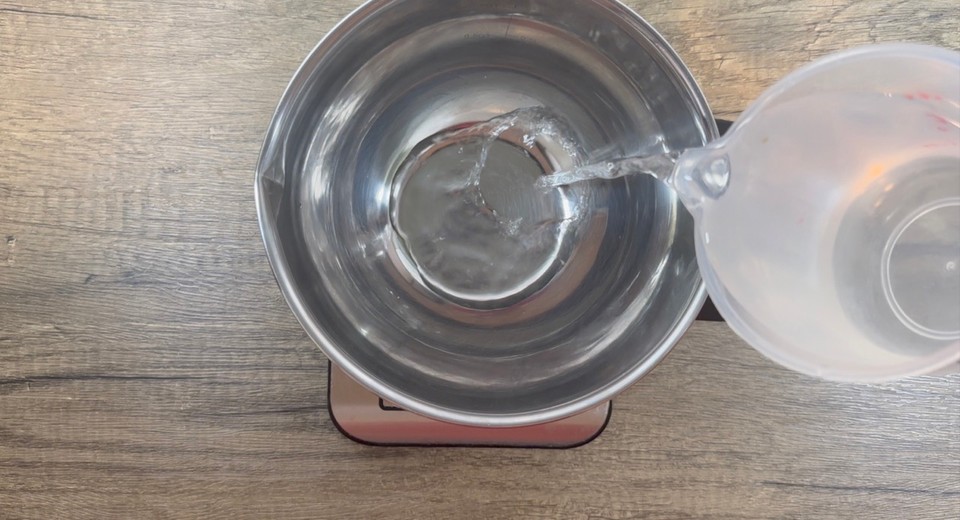
- Add the lye to the water and mix until the lye is dissolved. Set aside. Remember to protect the eyes and skin when working with lye (sodium hydroxide).
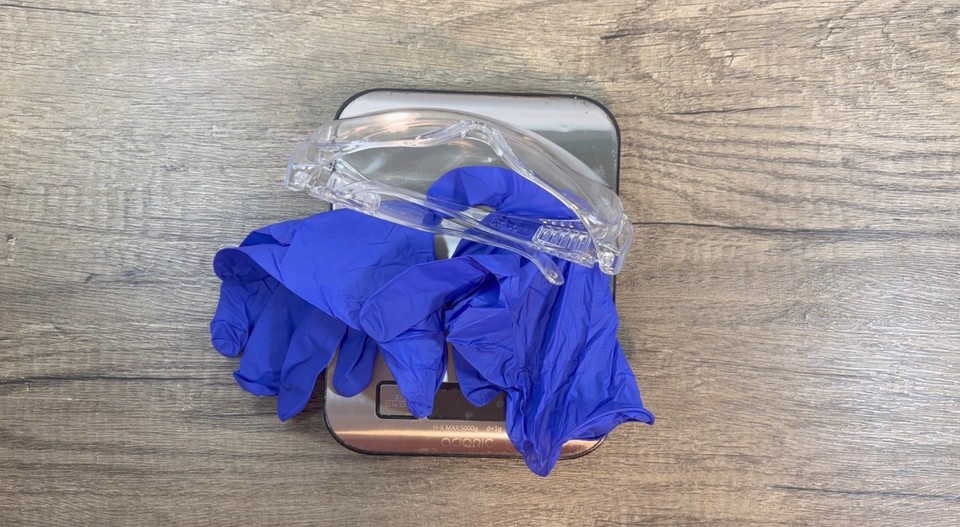
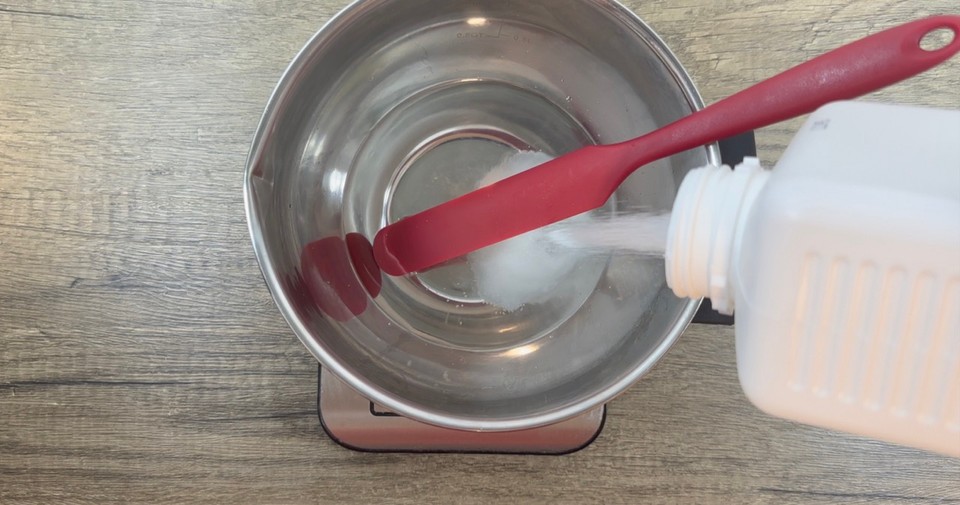

- In a pot, add the coconut oil and the cocoa butter. Melt them on medium heat.
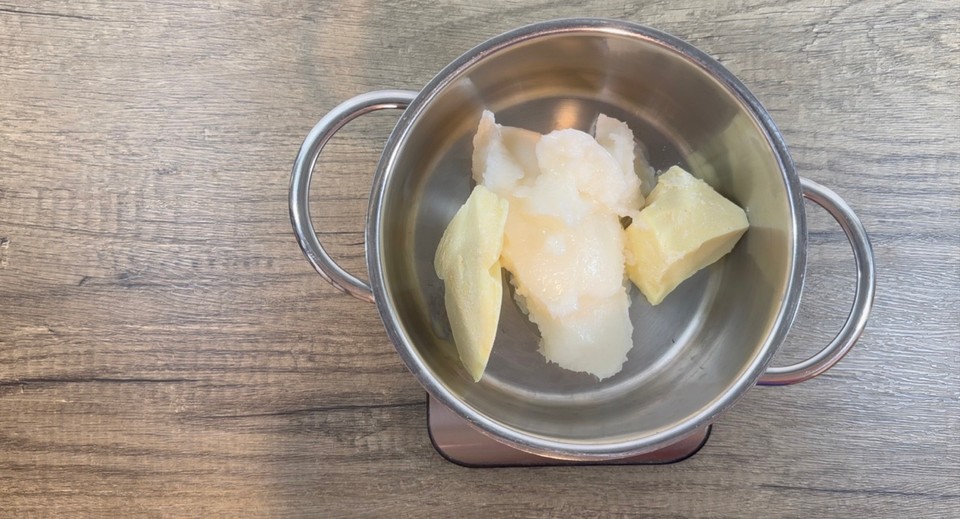
- In a heat-resistance container, add the sunflower oil.
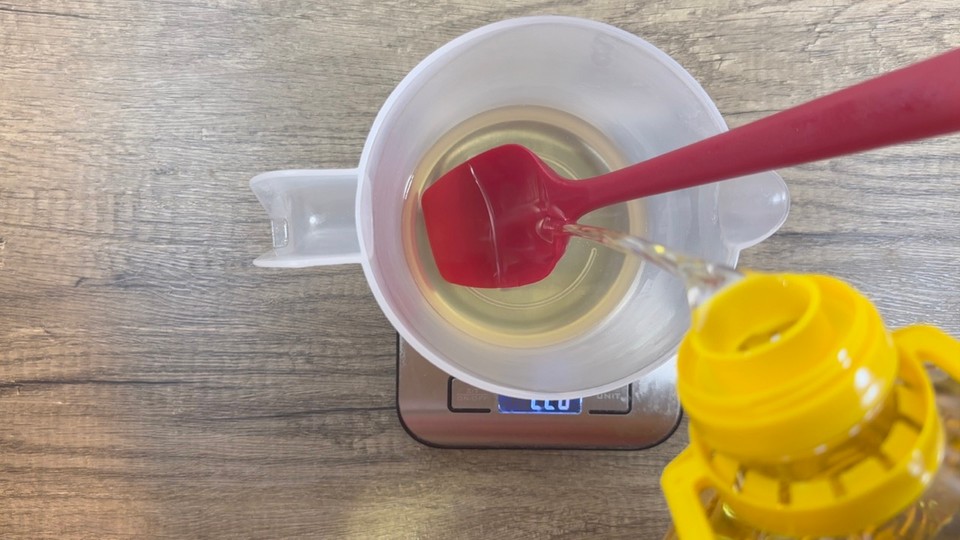
- Remove the pot (with the melted coconut oil and cocoa butter) from the heat. Add the melted coconut oil and cocoa butter to the sunflower oil.
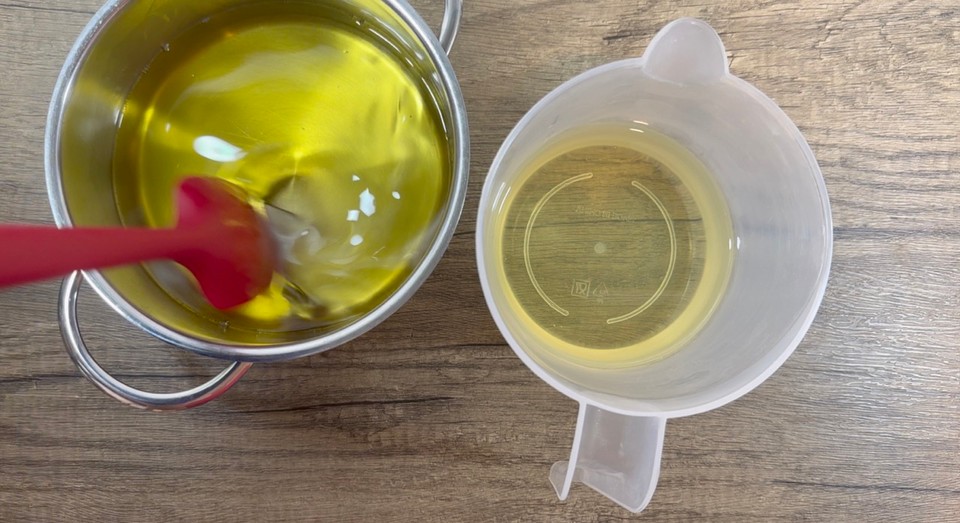
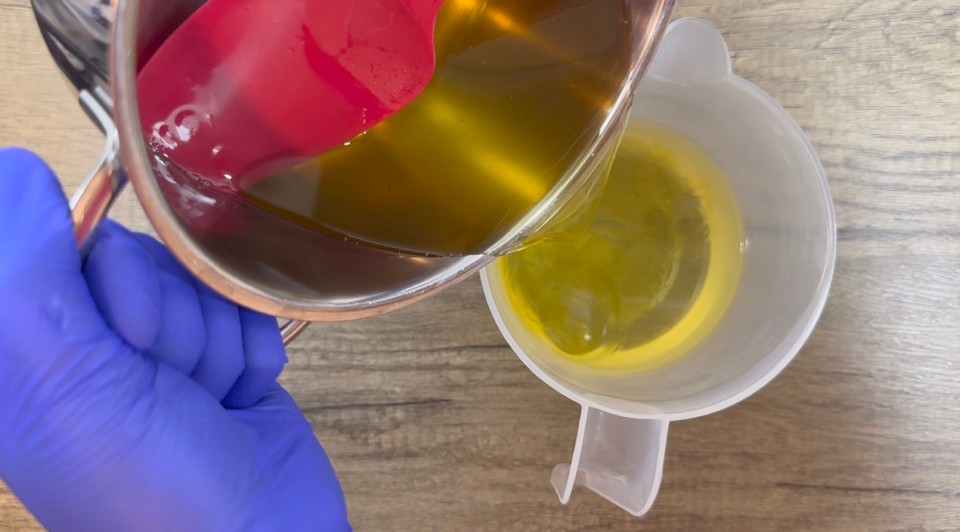
- Check the temperature of the oils and the lye solution. When it's less than 45 degrees Celsius, pouring the lye into the oils is okay. It is recommended that the temperature difference between the lye solution and the oils will be at most 10 degrees Celsius.
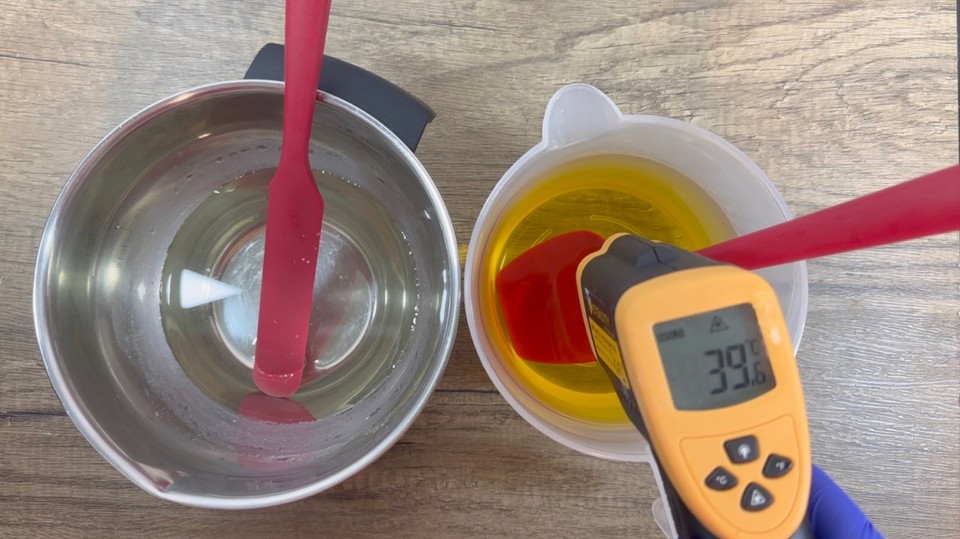
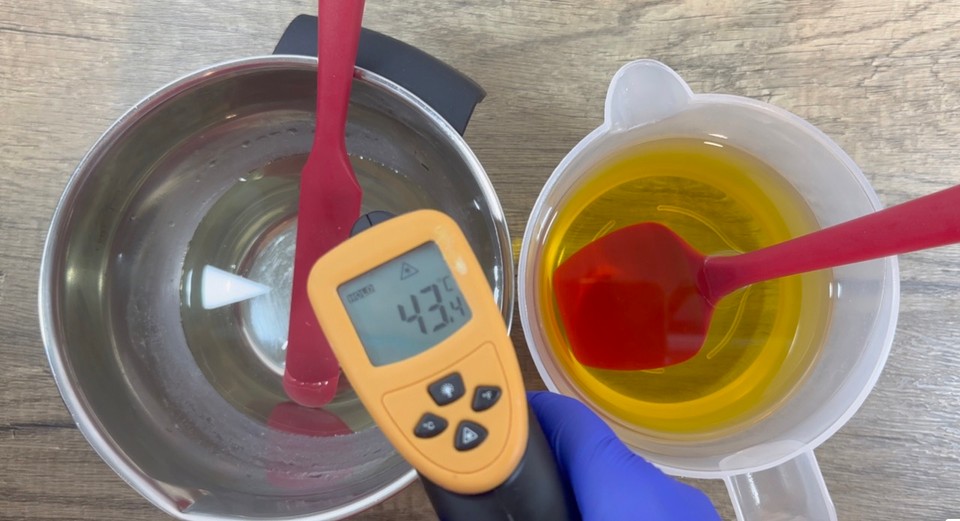
- Pour the lye solution into the oils, and use an immersion blender to emulsify. Do not over-blend. Since the percentage of hard oil and butter is high, the mixture can thicken fast, so it is important to blend to a very thin trace and not more.
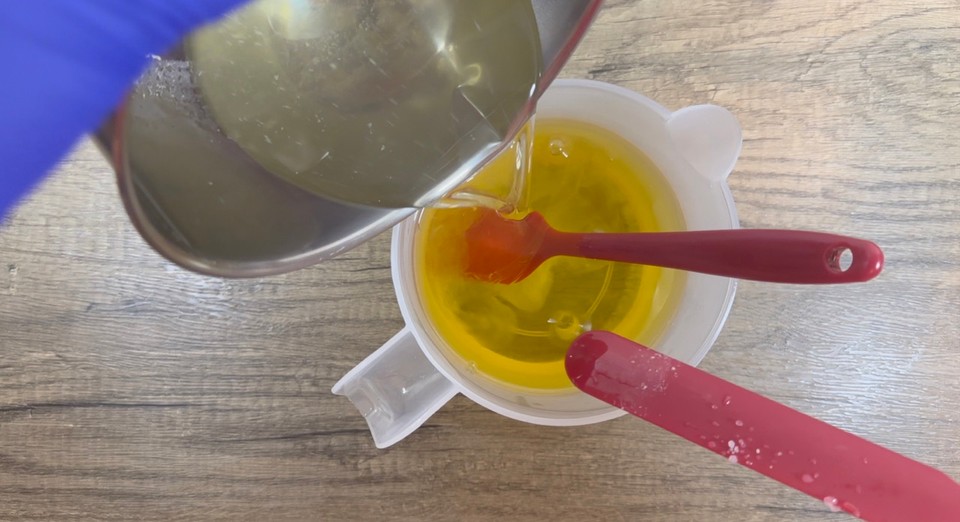
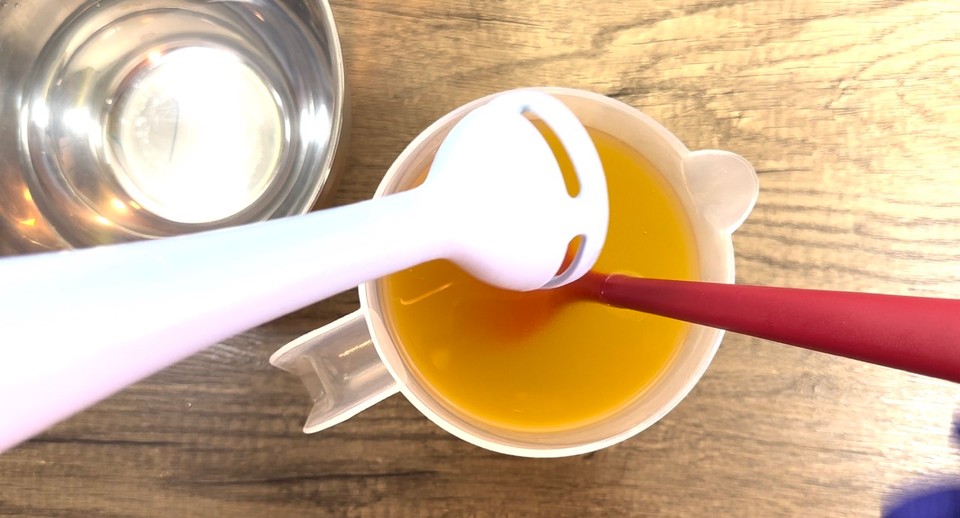
- Add the clay and essential oil if you want to use them. This is optional. Mix well.
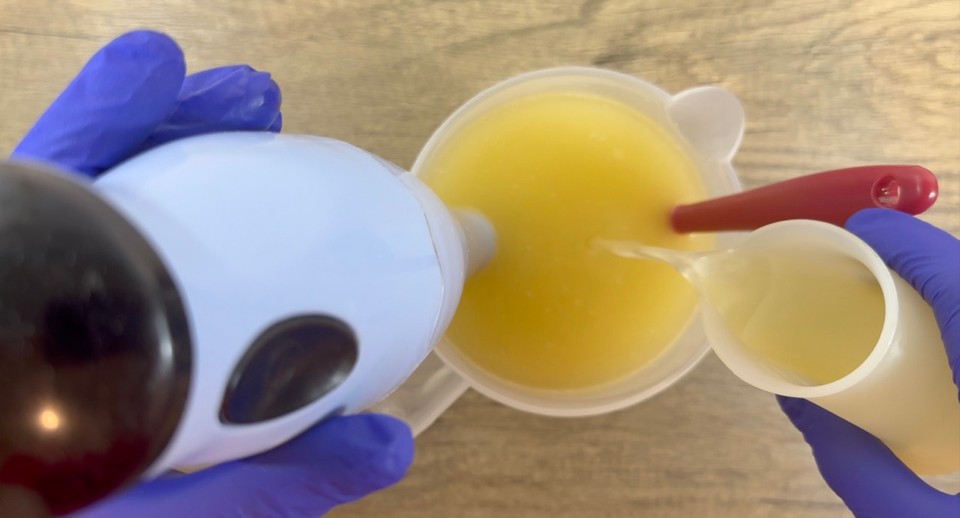
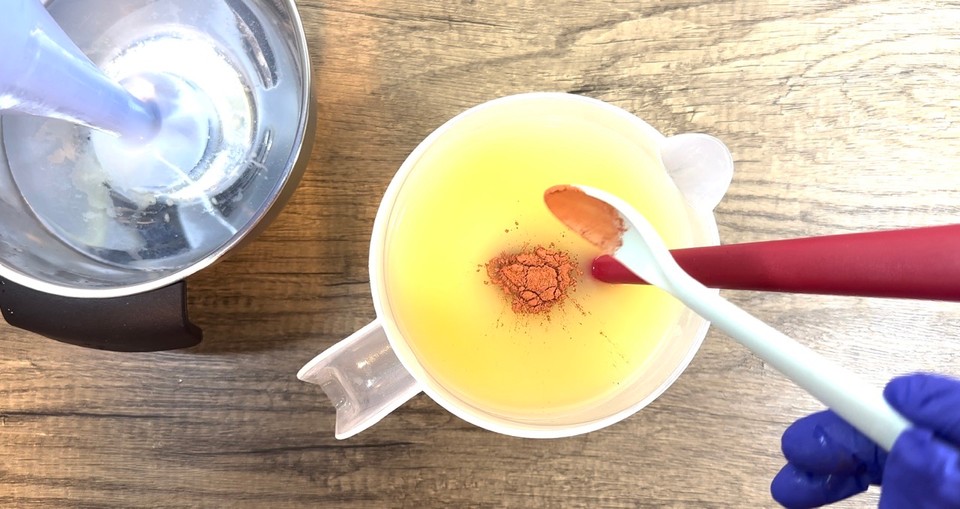

- Pour into molds and let the soaps solidify for 24-48 hours.
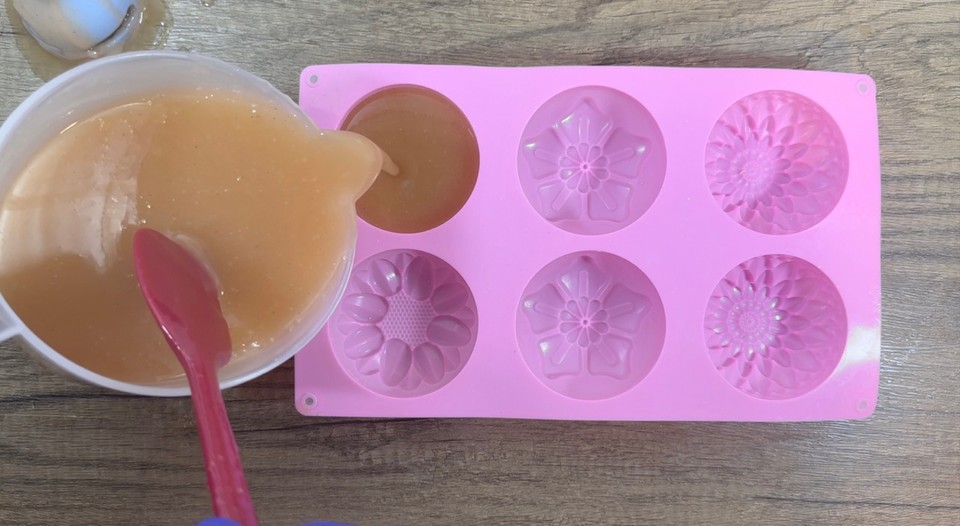

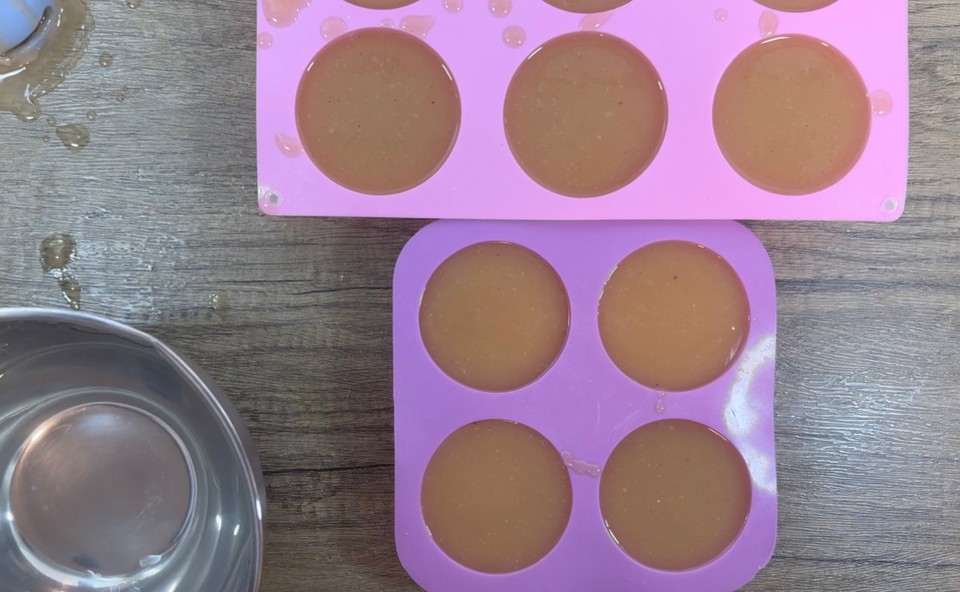
- After 24-48 hours, unmold the soaps. Leave the soaps to cure for 4-6 weeks before using.
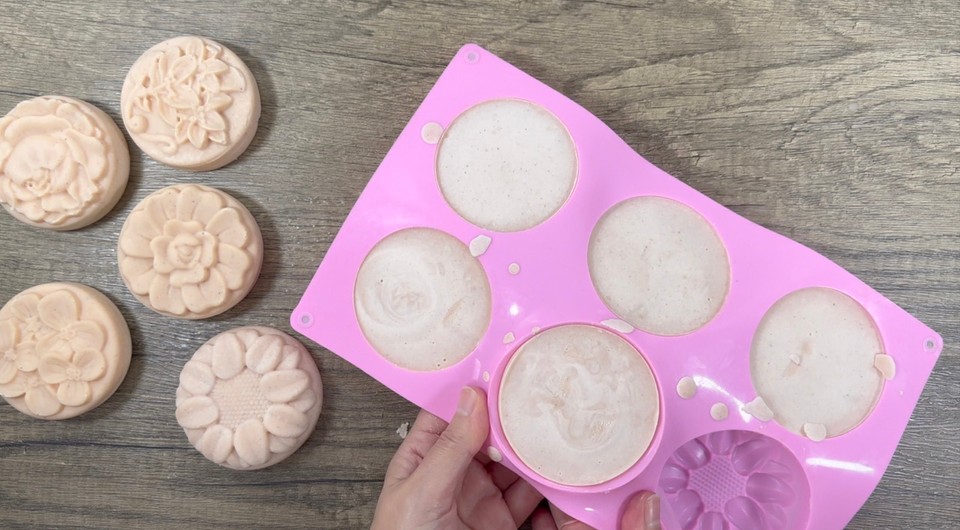
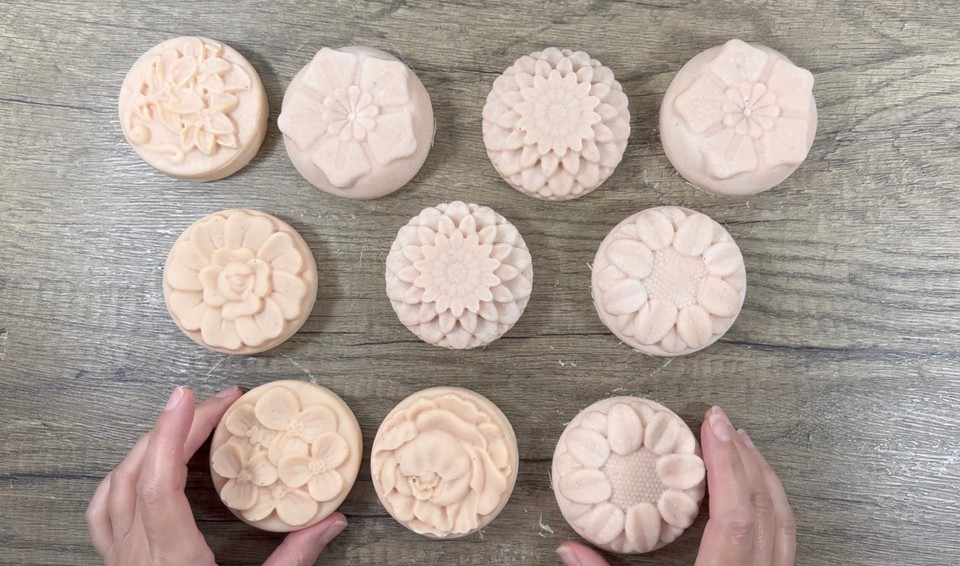

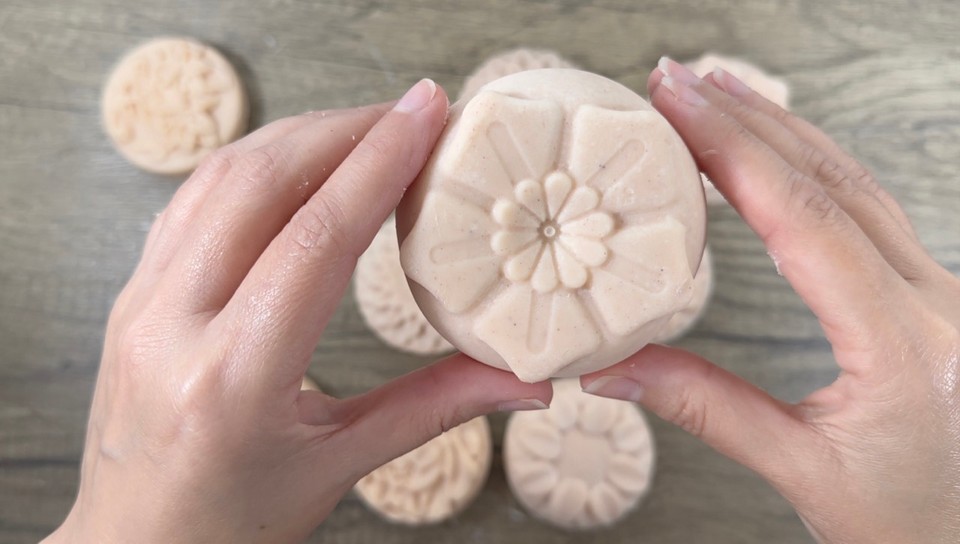
- If you wish, you can trim the edges for smooth edges. Don't throw away the shaves. Use them to make this whipped soap from soap scraps, or collect them and round them into little balls of soap, you can use the little balls of soap for traveling when you need a small soap, or you can use them in a different soap design.
